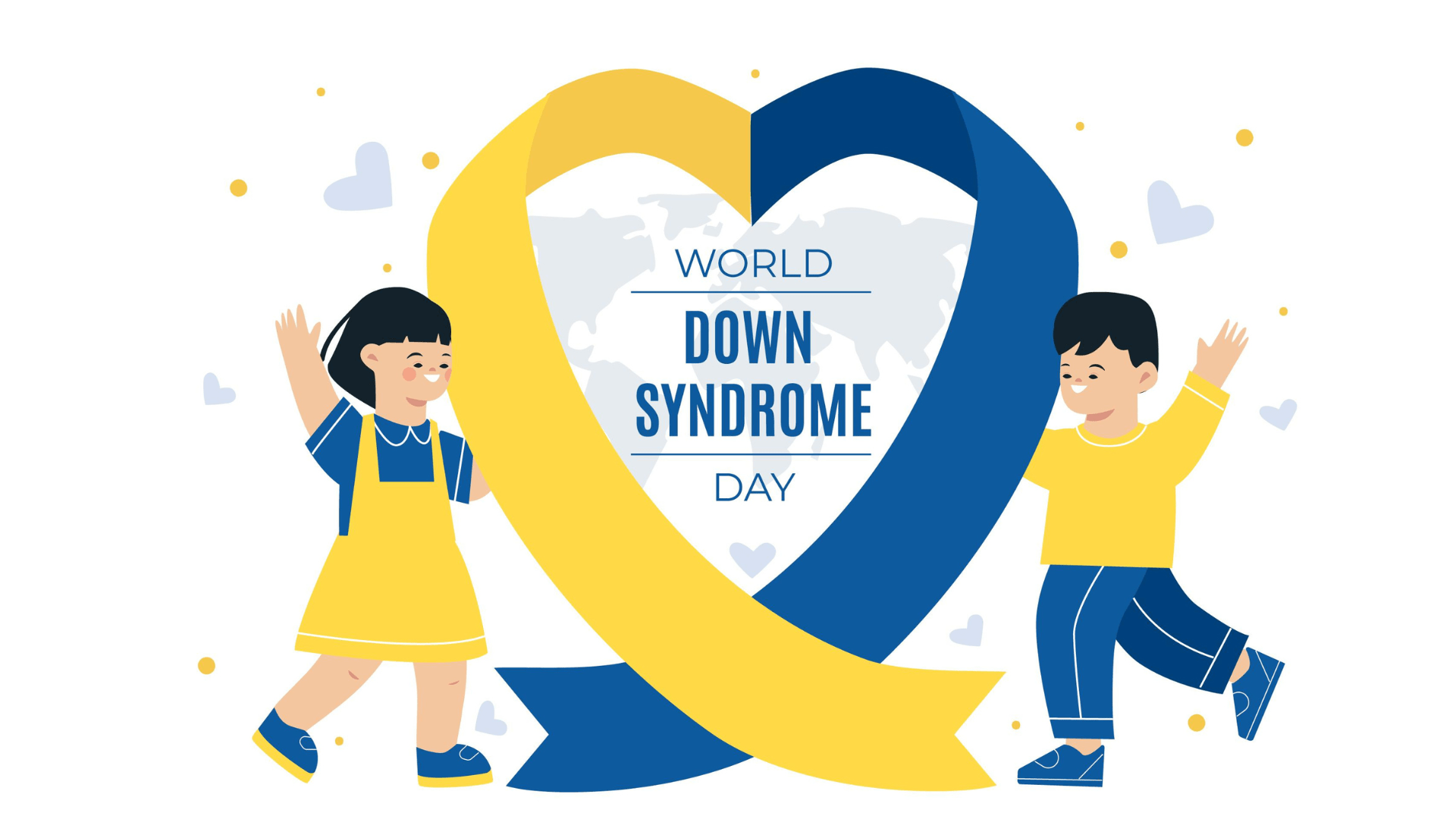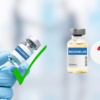Introduction:
World Down Syndrome Day, observed annually on March 21st, is a day dedicated to raising awareness about Down syndrome, celebrating the lives of individuals with the condition, and advocating for their inclusion in society. This blog explores the theme of World Down Syndrome Day 2024, the history of the observance, Down syndrome’s definition, signs and symptoms, causes, treatment options, prevention strategies, and risk factors associated with the condition.
The Theme of 2024 and History:
The theme for World Down Syndrome Day 2024 is “End The Stereotypes.” This theme emphasizes the importance of breaking down misconceptions and discrimination against individuals with Down syndrome, promoting their integration into all aspects of life, and fostering a more inclusive society.
The observance of World Down Syndrome Day was established in 2006 by Down Syndrome International (DSI) during its 2005 World Congress. The United Nations General Assembly officially designated March 21st as World Down Syndrome Day in November 2011, highlighting the significance of raising awareness and understanding about Down syndrome globally.
Prevalence Of Down Syndrome
Down syndrome affects approximately 1 in 700 live births, making it the most common genetic cause of developmental delay. The risk of Down syndrome is associated with maternal age, increasing from 1 in 1250 for a 25-year-old mother to about 1 in 100 for a mother aged 40.
80% of babies with Down syndrome are born to women under 35 years old. In the United States, it’s estimated that around 1 in every 1,200 individuals, including children, teens, and adults, were living with Down syndrome in 2008, totaling approximately 250,700 individuals.
What is Down Syndrome?
Down syndrome is a genetic condition characterized by an extra chromosome. Typically, individuals have 23 pairs of chromosomes, totaling 46 in each cell. However, in Down syndrome, there is an additional copy of chromosome 21, resulting in a total of 47 chromosomes. This extra chromosome affects the development of both the brain and the body.
Down Syndrome Symptoms
Down syndrome presents with physical, cognitive, and behavioral symptoms, varying in severity among individuals.
- Physical Signs: Present at birth and becoming more evident over time, physical features include a flattened nose bridge, slanted eyes, short neck, small ears, hands, and feet, weak muscle tone, inward-pointing pinky finger, and a single crease in the palm. Additional manifestations may include ear infections, vision problems, dental issues, susceptibility to infections, sleep apnea, and heart disease.
- Cognitive Symptoms: Down syndrome often results in intellectual or developmental disabilities, affecting motor skills, language development, cognitive abilities, and social-emotional skills. Achieving milestones like toilet training, speaking, walking, and independent eating may take longer.
- Behavioral Symptoms: Communication challenges may lead to behavioral issues such as stubbornness, tantrums, attention difficulties, and obsessive-compulsive behaviors.
Regular healthcare monitoring is essential for managing these symptoms effectively.
Understanding the Causes of Down Syndrome
- Down syndrome is primarily caused by random events during the formation of reproductive cells, rather than being inherited.
- The most common form, called Trisomy 21, occurs when there is an error in cell division, leading to three copies of chromosome 21 instead of the usual two.
- This extra genetic material is responsible for the characteristic features and developmental challenges associated with Down syndrome.
- While most cases are non-hereditary, a type known as “translocation Down syndrome” can be inherited from a parent with a balanced translocation involving chromosome 21, increasing the risk of passing it on to offspring.
Screening for Down Syndrome
During pregnancy, healthcare providers use prenatal screening tests to assess the risk of Down syndrome. These tests include blood and ultrasound imaging to detect potential indicators such as extra fluid behind the baby’s neck. Screening tests do not provide a definitive diagnosis but help identify pregnancies at higher risk for Down syndrome.
Diagnosis of Down Syndrome
Confirmation of Down syndrome involves diagnostic tests, usually conducted after a positive screening test. Diagnostic tests include amniocentesis, chorionic villus sampling (CVS), or percutaneous umbilical blood sampling (PUBS).
These tests can detect chromosomal changes indicative of Down syndrome. After birth, healthcare providers conduct a physical exam and may perform a blood test called a karyotype test to confirm the diagnosis by identifying the presence of an extra 21st chromosome.
Treatment:
While there is no cure for Down syndrome, various treatment options are available to support your child’s overall development. These treatments aim to help your child reach their full physical and mental potential.
Options may include engaging in physical or occupational therapy, receiving speech therapy, participating in specialized education programs at school, and addressing any underlying medical conditions. Additionally, your child may benefit from wearing glasses to address vision issues or using assisted hearing devices if they experience hearing loss.
Risk factors for having a child with Down syndrome include advanced maternal age, family history of the condition, and certain genetic conditions.
Government Initiatives in India
The Indian government implements programs such as the Rashtriya Swasthya Bima Yojana to provide health coverage for children with disabilities, including those diagnosed with Down syndrome.
The Financial Assistance For Persons With Special Needs (FAPSN) program in Delhi extends financial aid to individuals with special needs, encompassing disabilities such as Down syndrome. This initiative operates through a structured application process and specific eligibility requirements to provide support to those in need.
Projected Growth of the Down Syndrome Market
The Down syndrome market is poised for substantial growth in the coming years, with projections indicating a significant increase in value. Estimates suggest that the market reached US$1.2 billion in 2023 and is expected to soar to US$3.8 billion by 2034. Similarly, global projections anticipate a market size of US$3,775.8 million by 2030, with a growth rate of 17.3% from 2021 to 2030.
Furthermore, forecasts indicate that the market will reach USD 5,196.39 million by 2031, reflecting a compound annual growth rate (CAGR) of 14.2% during the forecast period. These statistics underscore growing investments, research, and development initiatives in Down syndrome.
Conclusion:
World Down Syndrome Day 2024 serves as a vital platform to champion the rights and integration of individuals with Down syndrome, combat prejudices, and advocate for an inclusive society.
Through increased awareness, enhanced understanding, and unwavering support for those with Down syndrome, we endeavor to foster a global community that embraces diversity, appreciates individuality, and acknowledges the valuable contributions of every person, irrespective of their capabilities. Together, let us unite to eradicate stereotypes, foster acceptance, and empower individuals with Down syndrome to flourish and excel in every facet of life.
Written By
Aswini PriyaMedical Content Writer
Reviewed By
Dr. AnchalMedico Expert
Last Updated
21 Mar 2024 | 03:00 PM (IST)










